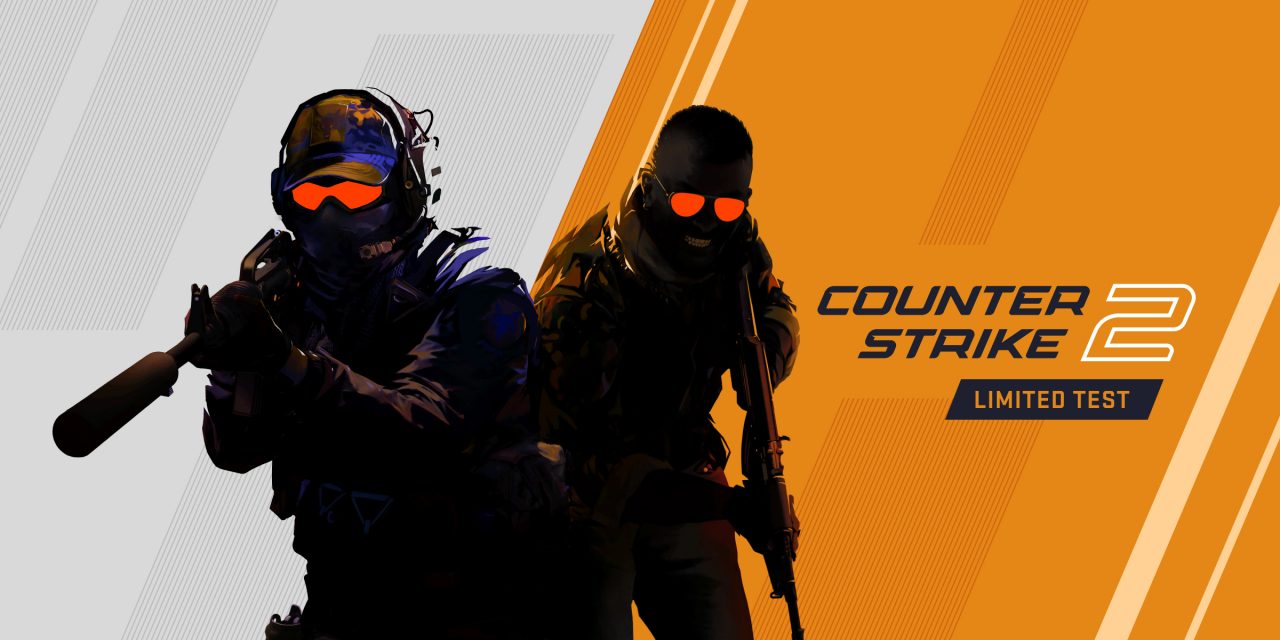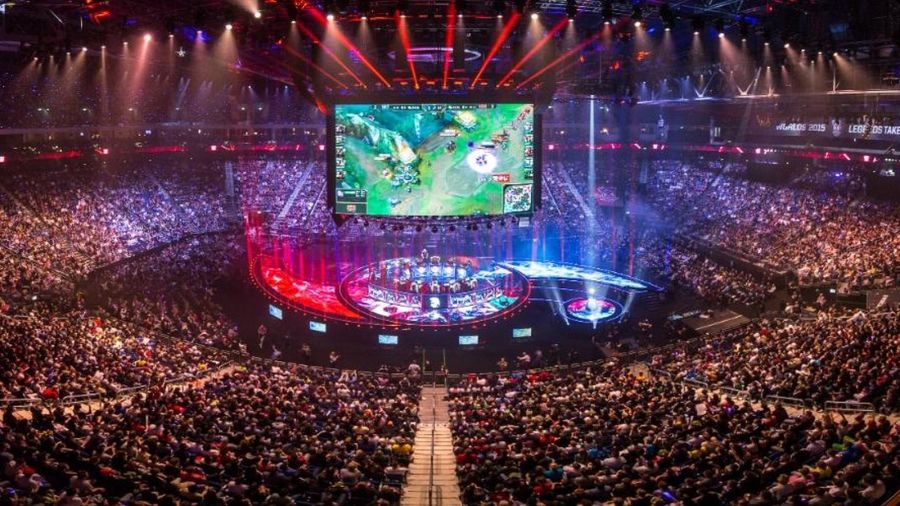Hey there! We’re back with another exciting guide about CS2 items. Today, we will explore CS2 skin prices, their key factors, how to predict them, and how to compare prices across different platforms. This guide is helpful for skin traders as well as serious skin collectors looking to understand the market better. Let’s get started and see what’s in store!
How CS2 Skin Prices Are Set
We can start by reviewing the factors that determine CS2 skin prices, which will later help us better understand how to compare them:
Supply and Demand
The biggest factor behind CS2 skin prices is simple, supply and demand. If a skin is rare and a lot of players want it, its price will naturally go up. On the other hand, if many copies of the skin are available and not many people are interested, its value drops. This happens with new case drops as well as older skins. Right after a case is released, prices are often high, but they usually fall as more people open them and add those skins to the market.
Case Rarity
The availability of the case a skin comes from also plays a huge role. Skins from discontinued or rare cases tend to hold or even gain value over time. That is because there are fewer chances to get those skins, especially in factory new or minimal wear conditions. For example, skins from older operations or limited-time cases often become more expensive simply because people can no longer get them easily. The more difficult it is to access the case, the more value its skins usually carry.
Skin Popularity
Some skins become more valuable just because they are used by popular players or have a look that fits certain loadouts. When a well-known player or content creator uses a specific skin, it can quickly get attention and grow in demand. The same goes for skins with appealing styles, whether they are clean, dark, or colorful. Even lower-tier skins can rise in value when enough people start using them, showing how trends can shape prices just as much as rarity or condition.
How to Predict CS2 Skin Prices
Now, what about predicting them? Do you know how to do it? Here are some popular methods:
Track Price History Over Time
One of the most effective ways to predict where a skin’s price might go is by looking at its price history. If a skin has shown steady growth over the past months or years, it may continue to rise, especially if its case is no longer in regular drops. Watching for patterns, like seasonal dips or sudden spikes, can help you understand when it’s a good time to buy or sell. Keeping notes on how certain skins react to events or updates also adds to your decision-making.
Follow Game Updates and Trends
Skin prices often change based on updates to the game or shifts in how players use certain weapons. For example, if a weapon becomes stronger after a patch, skins for that weapon may rise in demand. Following what the community is talking about, such as new meta weapons or popular loadout styles, can give you a strong hint about what skins might grow in value soon.
Watch Case Availability Closely
Another smart way to predict future prices is by tracking which cases are still active in the drop pool and which are not. Skins from cases that are no longer being dropped tend to become more rare over time. As fewer people open those cases, the supply of those skins slowly dries up, which can lead to a rise in value. If you notice a case becoming harder to find or starting to rise in price itself, the skins it holds may soon follow.
Best Ways to Compare Skin Prices Across Marketplaces
Now comes the interesting part. In this section, we’ll look at some proven methods for comparing skin prices, used and trusted by professional CS2 players:
Pay Attention to Fees and Taxes
When comparing prices, it is important to consider extra costs like fees and taxes. Some marketplaces charge a higher fee for buying or selling skins, which can affect the final price you pay or receive. A skin might look cheaper in one place but cost more once fees are added. Always check how much you will actually get or spend after these costs to make a fair CS2 (CS:GO) skin price comparison.
Use Multiple Marketplaces
The best way to get a full picture of skin prices is by checking several marketplaces. Prices can vary a lot depending on where a skin is listed, so looking at more than one place helps you find the best deal or the highest price if you want to sell. Some marketplaces have different fees or user bases, which affect prices.
Look at Recent Sales Data
A good way to compare prices is by checking the most recent sales for the skin on each marketplace. Recent sales show what buyers are actually paying right now, not just the listed prices. This helps you understand the real market value and avoid outdated or unrealistic prices.
Conclusion
In conclusion, this article covered CS2 skin prices. We began by exploring the key factors that determine their value, then moved on to methods you can use to predict prices for your future trades. Finally, to help you maximize your success and profits, we looked at how to compare skin prices effectively. We hope you found it helpful. See you in our future guides. Best of luck!



![World Exclusive: Playstation 4 (Orbis) unveiled [Updated: GPU Info inside]](https://vgleaks.com/wp-content/uploads/2013/01/011.jpg)









